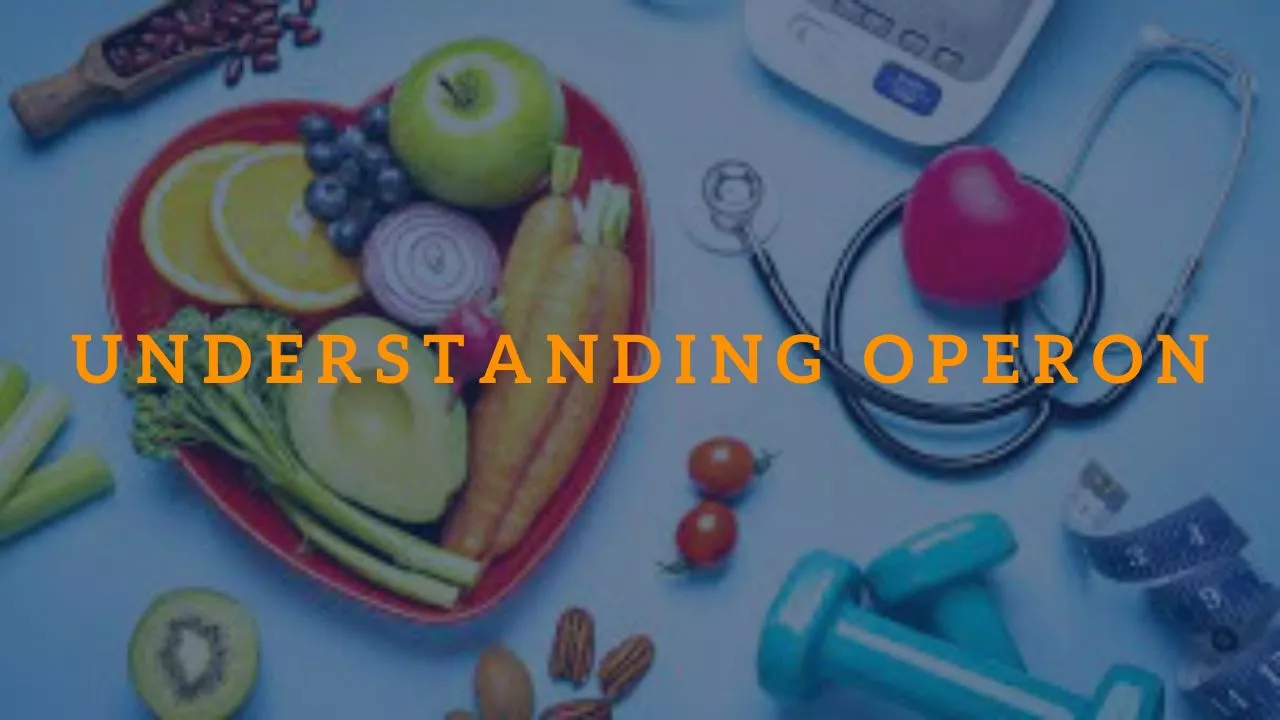Hello 1-GSM Visitors! If you are interested in genetics or molecular biology, you might have come across the term Operon. In this article, we will discuss what Operon is, its types, and functions.

What is Operon?
Operon is a set of genes in a bacterial or phage genome that is regulated together. It consists of an operator, promoter, and one or more structural genes. The operator is a DNA sequence that controls the expression of the genes by binding to a regulatory protein. The promoter is a DNA sequence that initiates the transcription of the operon. The structural genes are the genes that code for proteins or RNAs that carry out a specific function.
Operon was first discovered by French geneticists Francois Jacob and Jacques Monod in the 1960s while studying the regulation of lactose metabolism in E. coli.
Types of Operon
There are two types of Operon: Inducible and Repressible. Inducible Operon is the one that is turned on by an inducer molecule, while Repressible Operon is the one that is turned off by a corepressor molecule.
The most famous example of Inducible Operon is the lac Operon, which regulates the metabolism of lactose in E. coli. When lactose is present in the environment, it binds to the repressor protein and changes its shape. As a result, the repressor protein can no longer bind to the operator, and the transcription of the operon is initiated.
The best example of Repressible Operon is the trp Operon, which regulates the biosynthesis of tryptophan in E. coli. When tryptophan is present in the environment, it binds to the regulatory protein and changes its shape. As a result, the regulatory protein can now bind to the operator, and the transcription of the operon is inhibited.
Functions of Operon
Operon plays a crucial role in the regulation of gene expression in bacteria. It allows the cell to coordinate the expression of multiple genes that are involved in the same metabolic pathway, and respond to changes in the environment.
For example, when E. coli is in a glucose-rich environment, it prefers to use glucose as its energy source instead of lactose. Therefore, the lac Operon is repressed, and the genes that code for lactose metabolism are not expressed. However, when glucose is depleted, E. coli switches to lactose metabolism, and the lac Operon is induced.
Conclusion
Operon is a fundamental concept in molecular biology that allows bacteria to regulate the expression of multiple genes in response to environmental changes. There are two types of Operon: Inducible and Repressible. The lac Operon and trp Operon are the most famous examples of Inducible and Repressible Operon, respectively. Overall, Operon is a critical mechanism that enables bacteria to adapt to their environment and survive.
See you again at our other interesting articles!
